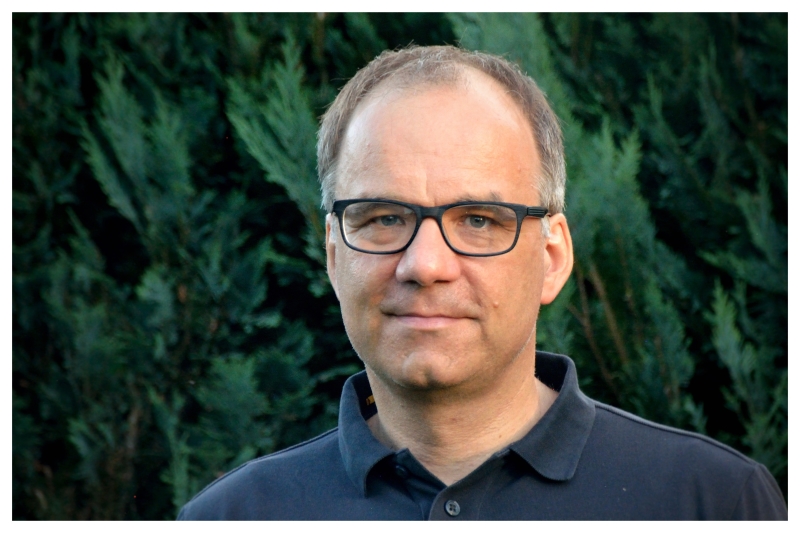Thorsten Wiegand
Contact
Department of Ecological Modelling
Permoserstr. 15
04318 Leipzig
Germany
Tel.: +49 341 235-1714
Fax: +49 341 235-451714
thorsten.wiegand@ufz.de

I studied physics at the University Marburg where I completed my graduate work in theoretical ecology. In 1992 I started as Postdoc to the Department of Ecological Modelling at the UFZ in Leipzig, and in 1999 I obtained my habilitation in Theoretical Ecology at the LMU Munich. Between 1999 and 2010 I was teaching regularly at the Escuela para Graduados Facultad de Agronomia - Universidad de Buenos Aires, and since 2020 I am teaching the Master module “Essential of Conservation Biology and Ecological Modeling” at the University in Leipzig. I serve as subject editor of Ecography and Oikos, and in the editorial board of Landscape Ecology.
Research
I am a theoretical ecologist with more than 25 years research experience in question-driven research in biodiversity and conservation. I am working in close collaboration with field ecologists to conduct model-data integration and synthesis. My research centers broadly on spatial ecology and the investigation of the role of species interactions, spatial patterns and spatial processes for population and community dynamics, community assembly, and biodiversity.My primary research goals are (1) to broaden the theory of population and community ecology and to integrate them with landscape ecology to encompass an explicit consideration of spatially distributed processes, and to develop methods to adapt individual-based simulation models optimally for ecological applications. To approach these goals I use several complementary approaches:
- spatially-explicit and individual-based models as tools for studying the spatiotemporal dynamics of populations and communities, including plant communities and animal populations,
- spatial point pattern analysis for characterizing pattern over a range of spatial and temporal scales as a means of identifying critical, pattern forming ecological processes and for testing ecological theory,
- development of inverse methods of model parameterization and model selection for individual-based and spatially-explicit simulation models to facilitates the confrontation of models with data, and
- development of methods to link spatial patterns and processes directly to community dynamics and coexistance. I do this by integrating mathematical and simulation approaches with spacial pattern analysis to transfer the relevant "microscopic" detail of the emerging spatial patterns into "macroscopic" mathematical models.
My lab applies these approaches to study systems including tropical and temperate forest communities, shrub and grassland communities in South Africa and Argentina, fairy circles, orchids, treeline dynamics, endangered species such as brown bears (Ursus arctos), European lynx (Lynx lynx), spur-thighed tortoise (Testudo graeca), Jaguar (Panthera onca), and tiger (Panthera tigris). For more details see Research

ERC advanced grant SpatioCoexistence
Until 2029 most of my time will be dedicated to the ERC advanced grant project SPATIOCOEXISTENCE. The ERC Advanced Grants, awarded by the European Research Council, allow established research leaders who have made exceptional contributions to research in terms of originality and significance to pursue frontier research of their choice.The overarching objective of the SPATIOCOEXISTENCE project is to develop a spatially-explicit theory for understanding the dynamics and stability of species-rich plant communities at local scales. We integrate state-of-the-art mathematical and simulation approaches with methods from physics and spatial analysis of the spatial data, such as ForestGEO inventory data of 20-50 ha forest plots, each comprising the species identity, size and location of >100,000 trees. The link to the microscopic scale of individual plants allows us to integrate ecological detail in unprecedented ways, while keeping the theory tractable.
